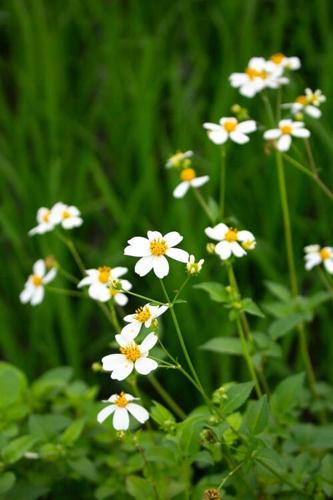Browsing through a catalog, looking for something to write about and there it is — two words to beware of ‘self sows.’
To the new gardener that probably sounds like something wonderful — less seeds to purchase the next year! Let’s look at a few of these unruly multipliers!
Amaranth is an annual plant grown for its large plumy seed heads. Already sounds like trouble, right? How about a million seeds per head? Wonderful in bouquets, easy to grow — even from seed, birds love the seeds — so what’s not to love?
In this particular catalog, five of the seven kinds of Amaranth claim to ‘self sow,’ I bet the other two do as well. This type of large annual would be great in a food plot for animals but beware in the flower garden.
Sweet Annie is another profuse re-seeder. Longtime readers may remember me writing about trying to rid myself of pestilence. Well as of 2020, there still were new plants sprouting up after about 8 years of attempting to eradicate. Self sows, yes it does. A few more self sowers are Nicotaina, Queen Anne’s Lace, annual poppy and Cosmos.
My most recent problem child is garlic chives. It might sound like a great problem with all their garlicky goodness, but it’s not. They refuse to be pulled out and they are so small in their infant stage they pop up everywhere, often in the comfort zone of the crown of a desirable plant.
It’s not really possible to control plants that self sow unless you remove all the flower heads before they develop into seed and disperse — not likely or practical. Thinking that you will “move them to where you want them,” isn’t likely to happen either.
Having these rampant self seeders in pots on the patio doesn’t mean you are safe. Seeds move by air, birds and people. I will be battling garlic chives forever — don’t plant them!
Other plants less bothersome (to me) also may self sow but not reliably and not in volume. Sweet Alyssum, celosia and annual salvias are always welcome. Seed can hang around in the soil for years, it’s not a one year and done situation with re-seeders.
When selecting seeds from catalogs, research each one you are interested in to answer these questions: Do I need to start seeds indoors and how many weeks in advance, or can I plant directly in the soil? Do the seeds need any special treatment as stratification (temperature requirements) or scarification (breaking of the seed coat), does it self sow? Are the plants poisonous like Datura or Four O’ Clocks?
Bouquets
Growing for bouquets? Some plants have other types of challenges.
Lovely Bupleurum, a bouquet filler plant has tiny stickers on its stem that are hard to see. Take Cleome — aka Spider flower — for instance: stems are very sticky, not fun to cut and the sticky stays on your hands till it wears off.
Cosmos and Gomphrena are pretty for bouquets if you can untangle their mess to get a stem long enough for a bouquet. Cut achillea when its too young and it collapses.
The tips of Baptisia stems collapse as well — but just cut the tip off at an angle and no one will know! Plants are like people … each with different quirks of their own.
Also, be mindful that the beautiful glossy catalog pictures are plants grown by professionals and they are selecting their best plants for the photo op. Your expectations may need to be adjusted until you are a seasoned gardener. Even then, things happen … that what keeps it interesting!
Speaking of interesting, have you ever noticed that if you peel a raw Butternut squash that your hands have a residue on them for about six days?
Depending on how I am using it, if I have to peel it raw or even just chunking it up — use gloves. This residue needs to be scrub brushed off, not easy to remove and very weird.
Working on the last squash of the season, not one frozen or rotted this year. Normally, I cut a butternut (unpeeled) into serving size pieces, wrap in Saran and microwave until fork tender, about 5 minutes per hunk or so. Can’t wait to start planting them again.
Stop by the Mankato Farmers’ Market at Drummers Garden Center. All times are 10 a.m. — noon. Remaining Winter Market dates are: Jan. 23 and Feb. 6.




























Commented
Sorry, there are no recent results for popular commented articles.